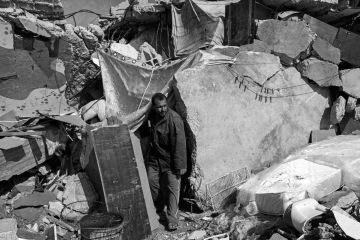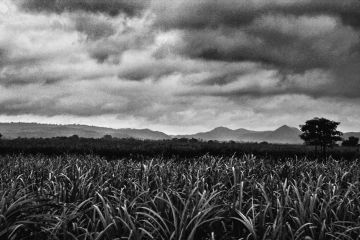On the northernmost frontiers of India are
some of the highest mountain passes in the world. The building and maintenance
of these treacherous roads in Ladakh are a constant battle with exhaustion, an
exercise in endurance. The air is thin at such altitudes making manual labour
all the more difficult. But it is not locals who do the job. Men from some of
the most backward districts of West Bengal, Bihar and Jharkhand undertake an
arduous journey far from home to work on these roads. They ha





